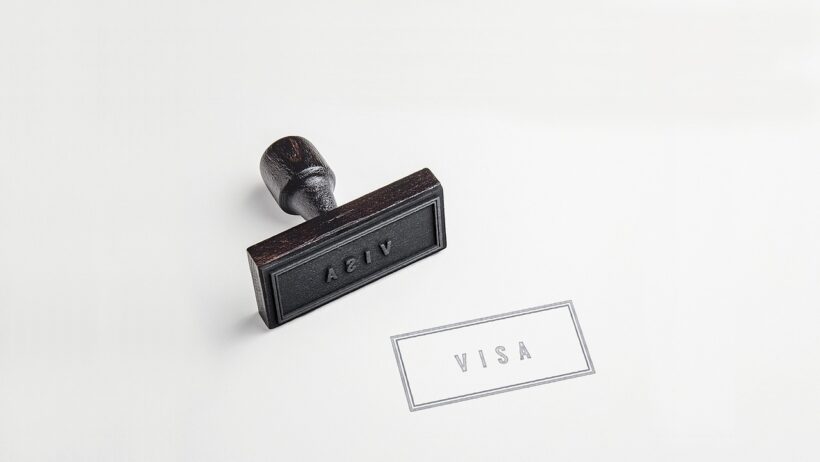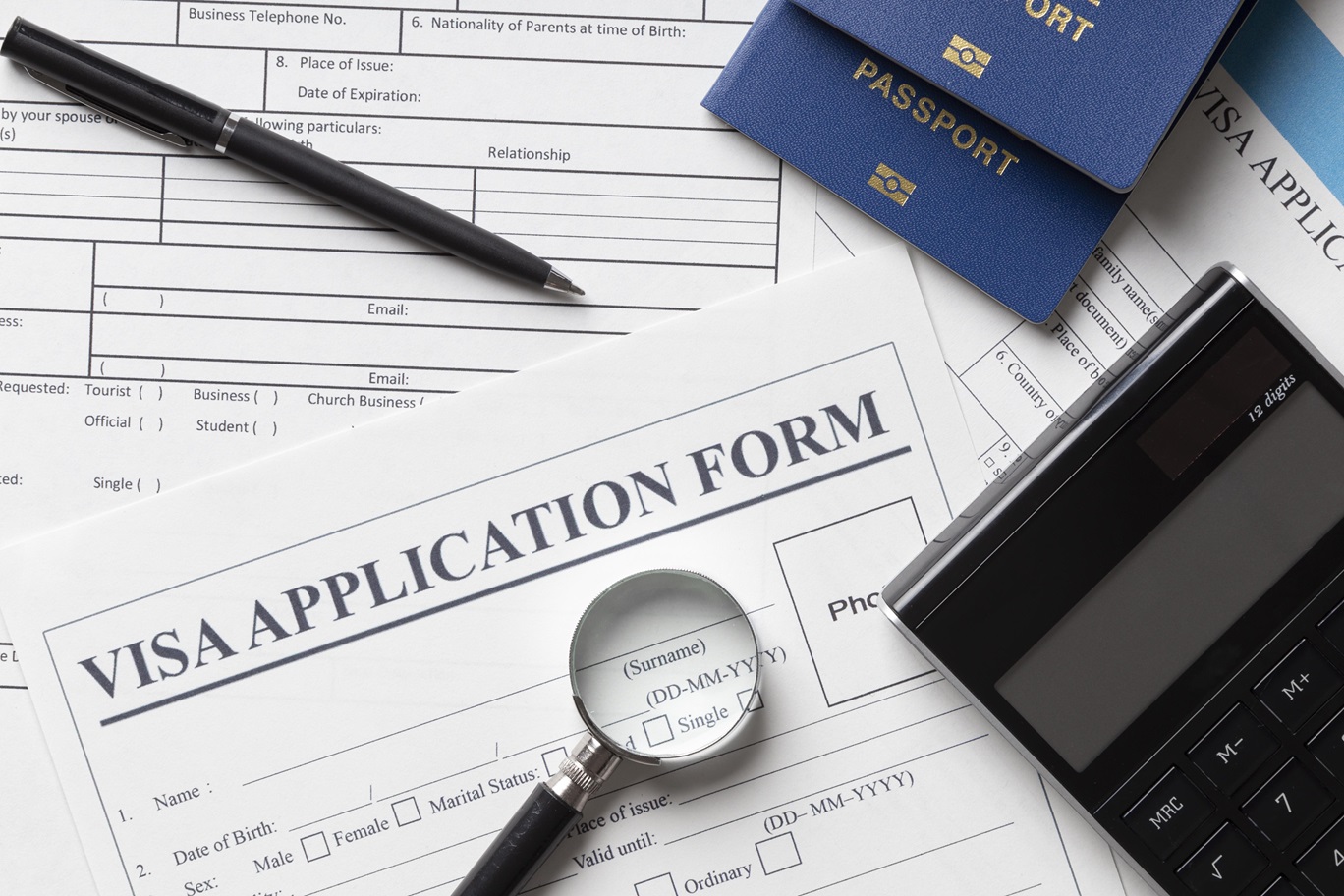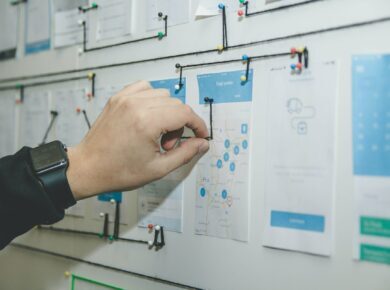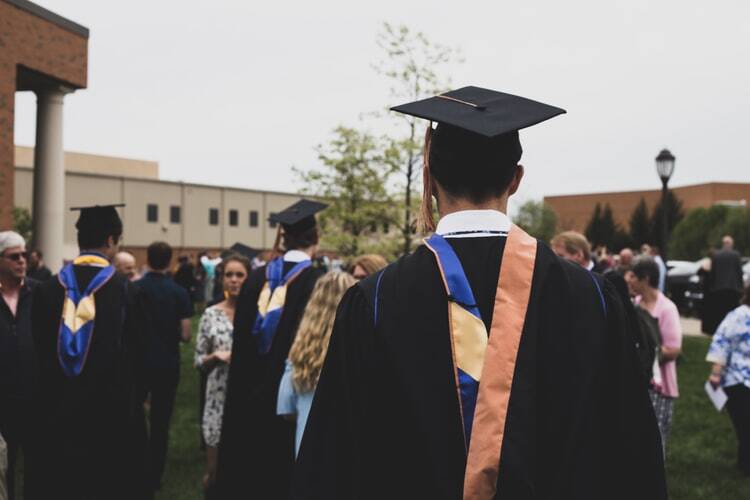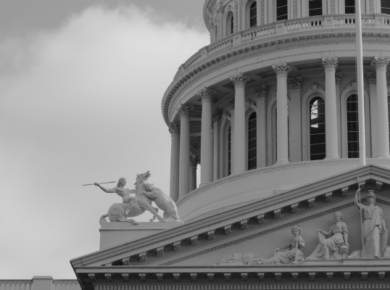The F-1 visa allows any international student to pursue their education in the United States. Therefore, knowing how to get this visa is important for those seeking to experience American education.
With top-notch universities and advanced programs, the U.S. continues to be a top destination for international students. Only this past year, over 1 million international students enrolled in academic institutions in America. While studying in the U.S. may be the ultimate dream for many who want to study abroad, navigating the legalities can be an overwhelming experience. Before you jump on the experience, you need to understand your visa options, especially the F-1 visa, which allows students to pursue academic studies in the country.
This article will guide you through the F-1 visa process, eligibility requirements, and what to expect when studying in the U.S. So, keep on reading to explore what is the F-1 visa and how to get it.
What Is an F-1 Visa?
The F-1 visa is a type of standard student visa that allows international students to travel to the United States for educational purposes. This is not an employment visa (though it can provide working opportunities, but more on that later) and definitely not an immigrant one.
To be eligible for an F-1 student visa, you must be a student living outside the U.S. accepted by a SEVP-approved school and have sufficient funds to cover tuition and living expenses during your stay in the country.
This type of visa presents an incredible opportunity for international students to explore what it’s like to be a student in America, immerse themselves in American education and culture, and build a global network during their studies.
How to Get an F-1 Visa?
Getting an F-1 visa is not easy. However, with careful planning and preparation, you can avoid some headaches and ensure a smooth and successful application process. This process comes with a list of steps that begin with getting accepted into an SEVP-certified school. Below we will explain in more detail each step of getting the F-1 visa.
1. Get accepted into a SEVP-certified school
The United States is very keen on supporting international students and giving them the chance to study in the U.S. This is commonly done through the Student and Exchange Visitor Program (SEVP). SEVP helps manage and monitor international students and their institutions to ensure compliance with the U.S. immigration system. Basically, it ensures that both the students and the schools follow the rules for staying and studying in the country.
Finding the right school is essential for a successful application from the get-go, so make sure to search for SEVP-certified schools. Next:
- Complete the school’s application process, which usually includes submitting transcript, test scores, letters of recommendation and a personal statement.
- If accepted, the school will send you an acceptance letter and issue a document called the Form I-20, which allows you to move forward with the visa process.
2. Receive form I-20
Form I-20 is a key document for starting your studies in the U.S. This document is issued by a U.S. school after you’ve been accepted into their program, proving that you are eligible to apply for an F-1 student visa.
The form contains important details like your personal information, the school’s information, and your study program. It also shows that you have enough financial support to cover tuition and living expenses.
You will need the I-20 form to pay the SEVIS fee and to bring it to your visa interview at the U.S. embassy or consulate. So, keep it safe, as you will also need it all throughout the international student life cycle.
3. Pay the SEVIS fee
Another system you should know about, which coexists within the SEVP, is the so-called SEVIS—Student and Exchange Visitor Information System. SEVIS stores information about students, like where they’re studying, their visa status, and other relevant data while they’re studying in the U.S.
After registering, you are required to pay the SEVIS fee. You do so, by going to the fee processing website, FMJFEE. There, you fill in your SEVIS ID number (found on Form I-20) and follow the payment instructions provided. The payment can be made using a credit card or a debit card.
Once payment is complete, you will receive a receipt. Print the receipt and keep it in your visa application folder, as it will be required for your visa interview and when entering the U.S.
4. Complete the visa application (DS-160)
Once you’ve gone through all the steps listed above, it is time to sit down and complete the visa application, DS-160. This is an online form that collects important details about you, your travel plans, and your background.
To fill out the DS-160, you will need the following information and documents:
- Passport: Must be valid for at least six months beyond your intended stay in the U.S.
- Travel itinerary: If you’ve already made travel plans, include details.
- Form I-20: Issued by the SEVP-certified school.
- Recent photo: Following U.S. visa photo requirements.
- Personal and work history: Information about your education, employment, and previous travel.
Once the form is completed, submit the form online, print the confirmation page, and add it to the folder that you will bring to your visa interview.
5. Schedule and attend a visa interview
Once you have fulfilled all the requirements online, you must undergo the most essential step that can make or break your application: the visa interview.
To schedule a visa interview, visit the U.S. embassy or consulate website in your country and choose an available date for your interview. You will need your DS-160 confirmation page, passport, and SEVIS fee receipt.
Common interview questions you will get during the interview include:
- Why do you want to study in the U.S.?
- Which school are you attending and why did you choose it?
- How will you fund your studies?
- Do you plan to return to your home country after graduation?
Effective preparation is key for this stage. If you fail to impress the visa officer and they don’t find you eligible for the F-1 visa, you will have to go back to square one. We recommend that you:
- Be honest and confident by answering all questions truthfully and clearly.
- Know details about your study program and how it benefits your future.
- Bring all required documents, like your Form I-20 and financial proof.
6. Wait for visa approval
The processing time for a U.S. visa can vary, usually taking a few days to a few weeks, depending on the embassy or consulate. After your interview, you can check your visa status online by visiting the U.S. Department of State’s visa status page and entering your DS-160 confirmation number.
✅ Request information on BAU's programs TODAY!
If your visa is approved, you will receive your passport with the visa inside it, typically within a week. Once approved, you can start preparing for your travels.
Remember to carry all key documents, including your Form I-20, when you enter the U.S. for studies.
Benefits of the F-1 Visa for International Students
The F-1 visa is a golden ticket to exploring the United States and what it has to offer. Besides the opportunity to study in the country, through the F-1 visa, you will be exposed to the culture and build a wider network with professionals like yourself. Plus, you might secure a job, on-campus.
Opportunity to study in the U.S.
The U.S. is the country with the most universities (36) ranked in the world’s top 100 universities. This means that by deciding to study in the U.S., you can access high-quality education that offers a wide range of programs. Whether you want to study engineering, business, arts, or sciences, there are options for everyone.
You can choose from large universities with many resources or smaller colleges for a more personal learning experience. Many schools also offer flexible programs, including online courses and part-time options, to fit your needs.
This variety allows you to find the right program and school that matches your interests and career goals, ensuring a great educational experience in the U.S.
Cultural and professional exposure
Studying in the U.S. gives you a chance to experience American culture firsthand. As a country with people from all walks of life, you’ll meet people from diverse backgrounds, which helps you build a global network of friends and professional contacts. This can be a gateway to international collaborations and career opportunities.
Furthermore, the U.S. educational system is known for its state-of-the-art resources, expert faculty, and access to the latest research and technology. This means you will have the tools and the network of professionals from which you can learn, grow, and accelerate your career.
Work opportunities
While the F-1 visa is not a working visa, as a student you can get on-campus jobs to help pay for expenses. These jobs usually allow you to work part-time while attending classes.
For work experience related to your degree, you can use Curricular Practical Training (CPT), which lets you work during your studies if the job is part of your program. After graduation, you can apply for Optional Practical Training (OPT), allowing you to work in your field for up to 12 months.
If you studied a STEM (science, technology, engineering, or math) program, you may qualify for a 24-month STEM OPT extension, giving you even more work experience. All these opportunities are worth considering because, besides financial support, they will enrich your study experience and connect you to a wider community.
Conclusion
Studying in the U.S. can be an amazing experience, opening doors to new opportunities and cultures. And the key to unlocking this opportunity is the F-1 visa, awarded to all international students seeking education in the U.S.
If you’re an international student with a dream to study in America, think of the Bay Atlantic University as your next destination. Our SEVP-approved university, located in Washington D.C., is waiting for you!
Frequently Asked Questions (FAQs):
What are the requirements for an F-1 student visa?
To obtain an F-1 student visa, you must be accepted by a SEVP-certified school, enroll as a full-time student, and demonstrate sufficient financial support for your education and living expenses.
How much does the F1 visa cost?
The F-1 visa application fee is typically $160. Additionally, you must pay a SEVIS fee of $350 for your student record in the Student and Exchange Visitor Information System.
